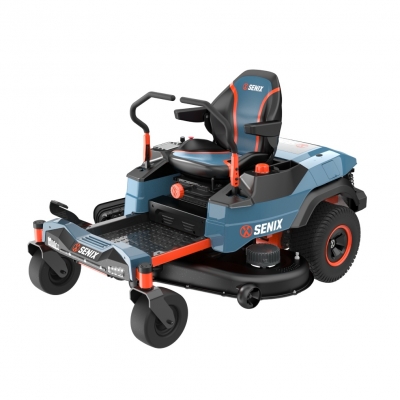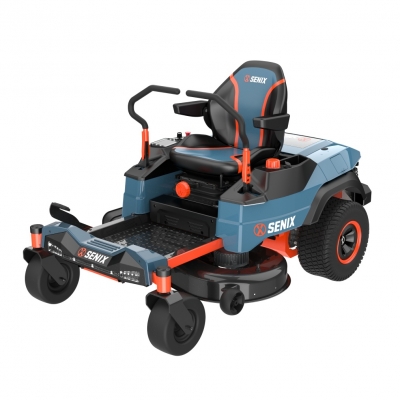Choosing, Using & Maintaining: The All-in-One Lawn Mower Guide
A lawn mower is an essential tool for maintaining a healthy and aesthetically pleasing lawn. Its primary function is to cut grass to an even height, promoting healthy growth and enhancing the overall appearance of your yard. Regular mowing helps in controlling weed growth, improving air circulation, and ensuring that your lawn receives adequate sunlight. Additionally, mowing can aid in the decomposition of grass clippings, returning valuable nutrients to the soil.
Lawn Mowers: Purpose and Functions
Lawn mowers are primarily used to trim grass to a uniform height, which is crucial for maintaining the health and appearance of your lawn. By cutting grass regularly, you encourage new growth and prevent weeds from taking over. Moreover, mowing helps in the even distribution of nutrients and water, ensuring that all parts of your lawn receive adequate care. For reliable performance, check out the SENIX X2 lawn mowers for outdoor power equipment.
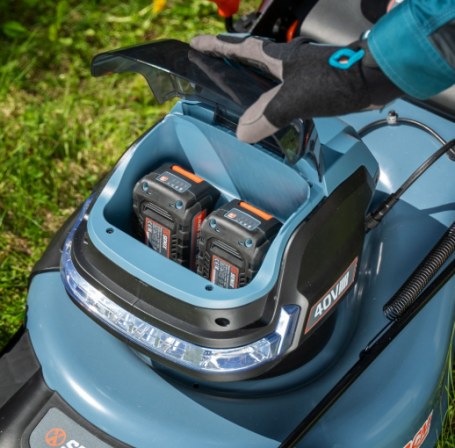
Key Benefits of Using a Lawn Mower
Promotes Healthy Grass Growth: Regular mowing encourages the development of new grass shoots, leading to a denser and healthier lawn.
Controls Weed Growth: By cutting weeds before they flower and seed, mowing helps in reducing their spread.
Improves Lawn Appearance: A well-mowed lawn looks neat and tidy, enhancing the overall curb appeal of your property.
Enhances Soil Health: Mowing can aid in the decomposition of grass clippings, returning valuable nutrients to the soil.
Types of Lawn Mowers and Their Functions
Push Mowers: Ideal for small to medium-sized lawns, push mowers are manually operated and require physical effort.
Self-Propelled Mowers: These mowers move on their own, reducing the effort required from the user.
Riding Mowers: Suitable for large lawns, riding mowers offer comfort and efficiency for extensive mowing tasks.
Robotic Mowers: These autonomous mowers operate without human intervention, perfect for tech-savvy users with smaller lawns.
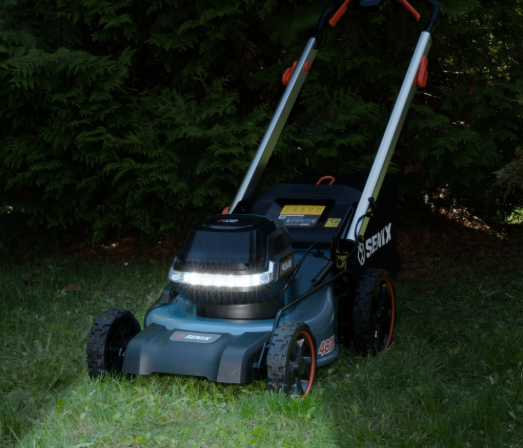
How to Use a Lawn Mower Effectively
Step-by-Step Guide to Mowing Your Lawn
Prepare the Lawn: Remove any obstacles such as stones, toys, or branches.
Set the Mower Height: Adjust the cutting height based on the type of grass and desired lawn appearance.
Mow in Overlapping Strips: Start at one edge and mow in straight lines, overlapping each pass slightly to ensure even coverage.
Change Mowing Patterns: Alter your mowing direction periodically to prevent grass from leaning in one direction.
Clean the Mower After Use: Remove grass clippings from the mower deck to maintain its performance.
Tips for Mowing Uneven or Hilly Lawns
When mowing sloped areas, always mow across the slope, not up and down, to prevent the mower from tipping. Use a mower with a low center of gravity and wide stance for added stability. Consider using a mower with adjustable speed settings to navigate challenging terrains more easily.
Lawn Mower Maintenance and Care
Routine Maintenance Tips to Extend Lifespan
Regular Cleaning: Clean the mower deck after each use to prevent grass buildup.
Blade Sharpening: Keep the mower blades sharp for clean cuts and efficient operation.
Oil Changes: Change the oil regularly to ensure the engine runs smoothly.
Air Filter Replacement: Replace the air filter periodically to maintain engine performance.
Choosing the Right Lawn Mower for Your Needs
Gas vs Electric Lawn Mower: Which Is Best?
When choosing between a gas and an electric lawn mower, several factors should be considered, including lawn size, maintenance, noise level, environmental impact, and cost.
Gas Lawn Mowers
Gas-powered mowers are known for their high power and performance, making them ideal for larger lawns or tougher terrains. They can easily cut through thick, tall, or wet grass without slowing down.
Advantages:
Powerful: Can handle large areas and dense grass efficiently.
Durable: Often built to withstand heavy use and rough conditions.
Mobility: No need for a cord, allowing full freedom of movement.
Disadvantages:
Noise: Gas mowers are typically much louder than electric models.
Maintenance: Require regular oil changes, spark plug replacements, and fuel refills.
Environmental impact: Emit more pollutants and greenhouse gases compared to electric mowers.
Electric Lawn Mowers
Electric mowers, including corded and battery-powered models, are generally lighter, quieter, and easier to maintain, making them perfect for small to medium-sized lawns.
Advantages:
Quiet operation: Produce significantly less noise, which is great for residential areas.
Low maintenance: No oil changes or fuel required; just charge the battery or plug in.
Eco-friendly: Produce zero emissions while in use, reducing environmental impact.
Ease of use: Lighter weight makes them easier to maneuver, especially for seniors or those with small yards.
Disadvantages:
Limited power: May struggle with thick or tall grass and large lawns.
Battery life / cord limitations: Battery-powered models need recharging, and corded models restrict movement.
Durability: Generally less robust than gas models for heavy-duty or long-term use.
Which One Should You Choose?
Large lawns or heavy-duty mowing: Gas mowers are usually better.
Small to medium lawns, quiet operation, and eco-friendliness: Electric mowers are ideal.
Best Lawn Mowers for Small Yards
For small lawns, consider using a push mower or a compact electric mower. These options are maneuverable and efficient for limited spaces. See options like the SENIX X2 lawn mowers for high performance in compact yards.
Features to Consider When Buying a Lawn Mower
Cutting Width: A wider deck covers more area, reducing mowing time.
Adjustable Height Settings: Allows customization of grass length.
Ergonomic Handles: Provides comfort during extended use.
Mulching Capability: Recycles grass clippings back into the lawn.
Comparisons and Alternatives
Lawn Mower vs Grass Trimmer: Pros and Cons
Lawn Mower: Efficient for large, flat areas.
Grass Trimmer: Ideal for edges, corners, and hard-to-reach spots.
When to Use a Lawn Mower vs Other Lawn Tools
Lawn Mower: Use for general lawn maintenance.
Edger: Use for creating clean borders along sidewalks and flower beds.
Leaf Blower: Use for clearing leaves and debris.
Conclusion
A lawn mower is an indispensable tool for maintaining a beautiful and healthy lawn. By understanding its uses, proper maintenance, and choosing the right model for your needs, such as the SENIX X2 lawn mowers, you can ensure that your lawn remains in top condition throughout the year.


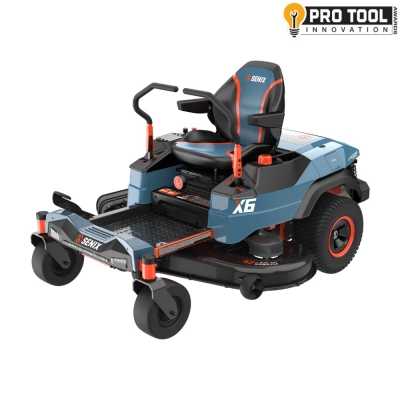
 (5.0)
(5.0)